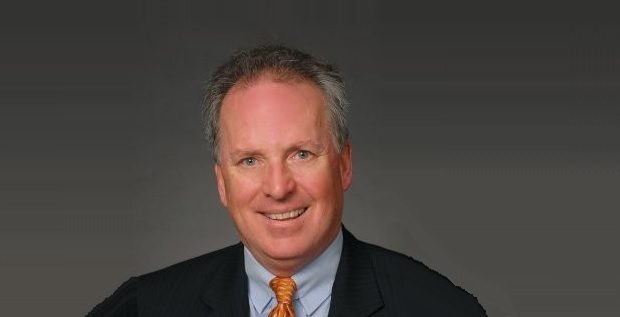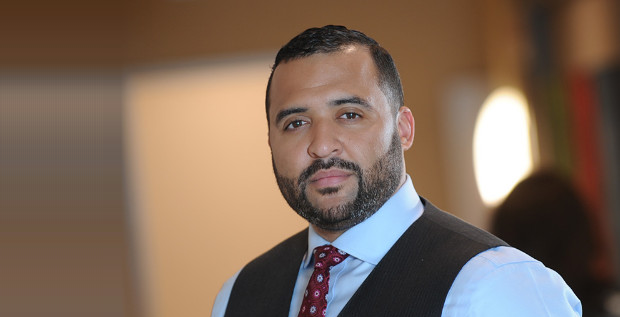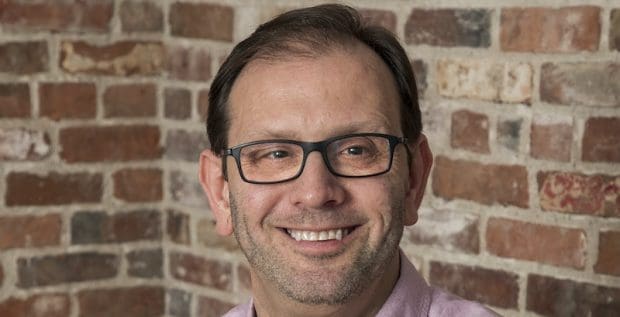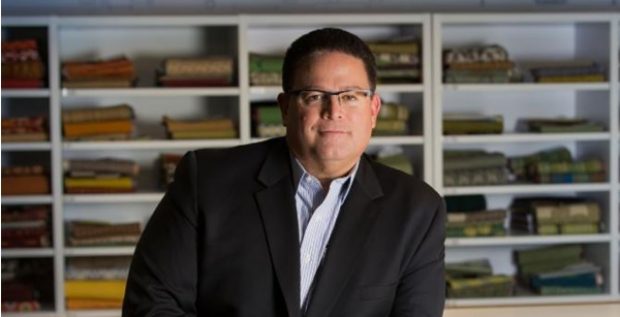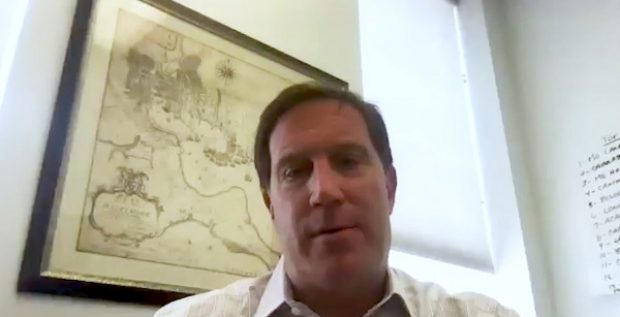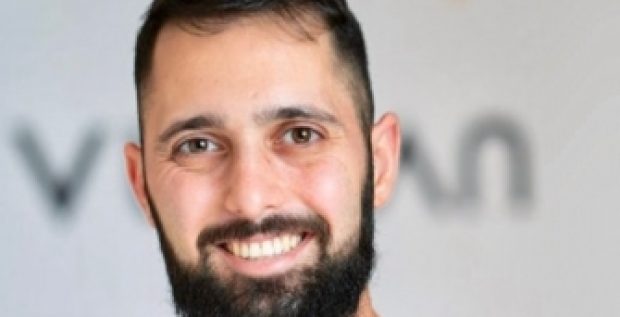For Brett Ingerman, a Baltimore native and third-generation lawyer, forging a career in the legal profession was a natural choice. Becoming a litigator at the “premier” local law firm of Piper & Marbury, now the global firm DLA Piper, was an ambition he realized in 1995, one year after graduating from law school.
“It was the only thing I wanted to do — I wanted to be in the courtroom; that was my passion,” he said.
As the managing partner of DLA Piper’s Baltimore office, Ingerman now balances a busy litigation practice with a heavy load of administrative duties, as well as the responsibility that comes with serving as global co-chairman of the firm’s compliance and governance practice, a group he helped build from the ground up.
“You need to be able to transform yourself to some degree to accommodate trends in the legal profession,” he said. “We had a tremendous number of clients and companies that were growing very, very fast nationally and internationally, and were growing so quickly they were running into what were termed compliance issues… That was really the beginning of my interest in compliance, and under my leadership, building the compliance practice at DLA Piper.”
Ingerman said he sees the firm’s Baltimore office as unique in that its attorneys are capable of handling local and regional work right alongside national and international matters, thanks to the firm’s longstanding local ties and its global footprint.
“I feel like I’ve inherited this jewel that is hidden,” he said.
EDWIN WARFIELD: Tell us about your background.
BRETT INGERMAN: I come from a family of lawyers. My father was a lawyer here in Baltimore, and my grandfather was a lawyer in New York, so you might say that I was destined to be a lawyer.
I grew up here in Baltimore. I went to McDonogh School, graduated in 1987. I left Baltimore to go to Boston, went to Tufts University. I spent four years in Boston—loved it up there, but always wanted to come back home and practice law here in Maryland. I came back and went to University of Maryland Law School and graduated from the law school in 1994.
I always knew I wanted to work at what was then Piper & Marbury; it was always the premier law firm in town. I had applied to work at Piper as a summer associate when I was in law school, and was rejected. I applied to work at Piper & Marbury after law school, and was rejected. And so I did a clerkship for a year after law school with Glenn Harrell, who was on the Court of Special Appeals at that time—he’s now on the Court of Appeals.
It was a fantastic experience. I mean, he is a tremendous human being, a great legal scholar. He taught me a tremendous amount about listening when you’re being a lawyer, whether it be to the clients, whether it be to the bench, whether it be to your colleagues; and how to really write persuasively. He was extraordinarily influential in my legal career.
During my clerkship with Judge Harrell, I applied again to Piper & Marbury—not to be deterred—and they finally granted me an interview, and I had an interview and was hired into the litigation practice in 1995. So, I’m going on my 22nd year at the various iterations of Piper & Marbury, Piper Rudnick, now DLA Piper.
Q. So, how did you end up as Global Co-Chairman of the firm’s Compliance and Governance Practice?
A. I started out as a pure litigation associate at DLA Piper. It was the only thing I wanted to do: I wanted to be in the courtroom—that was my passion. And I think in the legal profession you need to be able to transform yourself, to some degree, to accommodate trends in a legal profession. What I saw, about midway through my associate years into my senior associate years, was this growing focus on compliance. We had a tremendous number of clients and companies that were growing very, very fast—both nationally and internationally—and were growing so quickly that they were running into what were termed “compliance issues,” whether it be FCPA, anti-corruption, environmental, antitrust, and they did not have the infrastructure in place to actually manage the risk associated with that growth.
I got put on one major engagement for AIG up in New York. AIG had a series of very well publicized financial problems. They were under the watchful eye of an SEC monitor, and the SEC monitor required them to rebuild their compliance function. I was put on that engagement. I spent two or three days a week in New York for almost two years, rebuilding their compliance function, and that’s where it really dawned on me that number one, this was a hugely opportunistic area of the law; number two, I understood it pretty well and, given my experience at AIG, probably had unprecedented experience in building a compliance program from the ground up. I really enjoyed it, and it dovetailed nicely with the investigations work that I was doing and, ultimately, the litigation work. so. That was really the beginning of my interest in compliance and, under my leadership, building the compliance practice at DLA Piper.
Connect with Brett on LinkedIn







